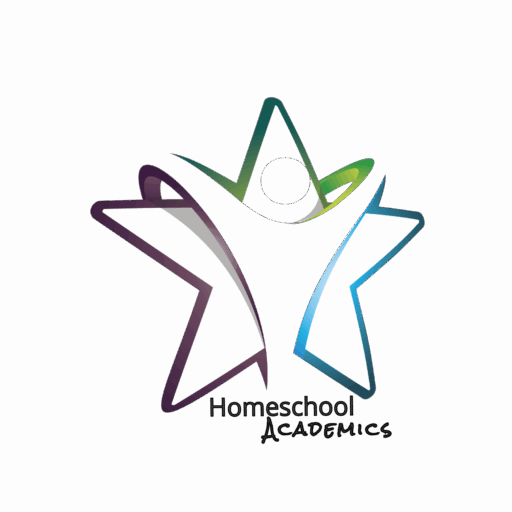Lesson Planning
- Clear learning objectives are stated.
- Lessons are aligned with curriculum standards or goals.
- Materials and resources are prepared in advance.
- Activities are planned for different learning styles (visual, auditory, kinesthetic).
- Time is allotted for student interaction and feedback.
Student Engagement
- Starts with a hook or attention-grabber.
- Connects lesson to real-world examples or students’ interests.
- Encourages student questions and discussions.
- Uses hands-on activities or demonstrations.
- Provides opportunities for collaboration or group work.
Differentiation
- Lessons include tiered assignments or flexible grouping.
- Instructions are clear and repeated or clarified as needed.
- Modifications are available for students with IEPs or 504 plans.
- Extension activities are prepared for advanced learners.
- Multiple formats are used to present information (e.g., video, audio, text, manipulatives).
Instructional Strategies
- Uses direct instruction effectively.
- Incorporates questioning techniques (e.g., open-ended, higher-order thinking).
- Uses modeling or think-alouds when introducing new skills.
- Checks for understanding frequently.
- Incorporates review and repetition as appropriate.
Classroom Management
- Clear routines and expectations are established.
- Positive reinforcement is used consistently.
- Students are redirected constructively when off-task.
- Transitions between activities are smooth.
- Time is managed effectively throughout the lesson.
Use of Technology
- Technology enhances, not distracts from, learning.
- Students are taught how to use tech tools responsibly.
- Digital resources are accessible to all students.
- Technology is used for differentiation or assessment when applicable.
Assessment and Feedback
- Informal checks for understanding (e.g., thumbs up/down, exit tickets).
- Formative assessments are used to guide instruction.
- Feedback is specific, timely, and constructive.
- Student self-assessment or reflection is encouraged.
- Summative assessments are aligned with objectives.
Culturally Responsive Teaching
- Lessons respect and reflect diverse backgrounds.
- Students’ cultural assets are acknowledged and incorporated.
- Bias is avoided in materials and discussions.
- Inclusive language and examples are used.
Professional Reflection
- Reflects on what went well and what didn’t after each lesson.
- Seeks feedback from peers, mentors, or students.
- Adapts and improves based on student outcomes and engagement.
- Stays current with teaching methods and research.


